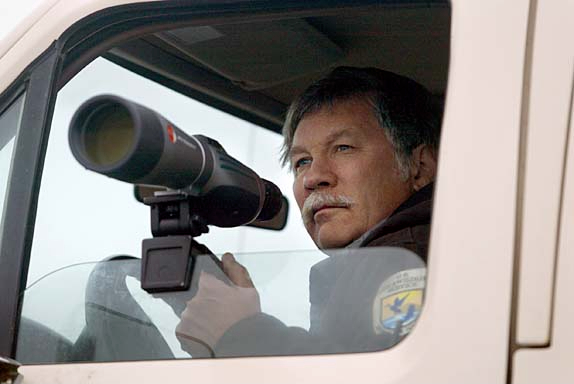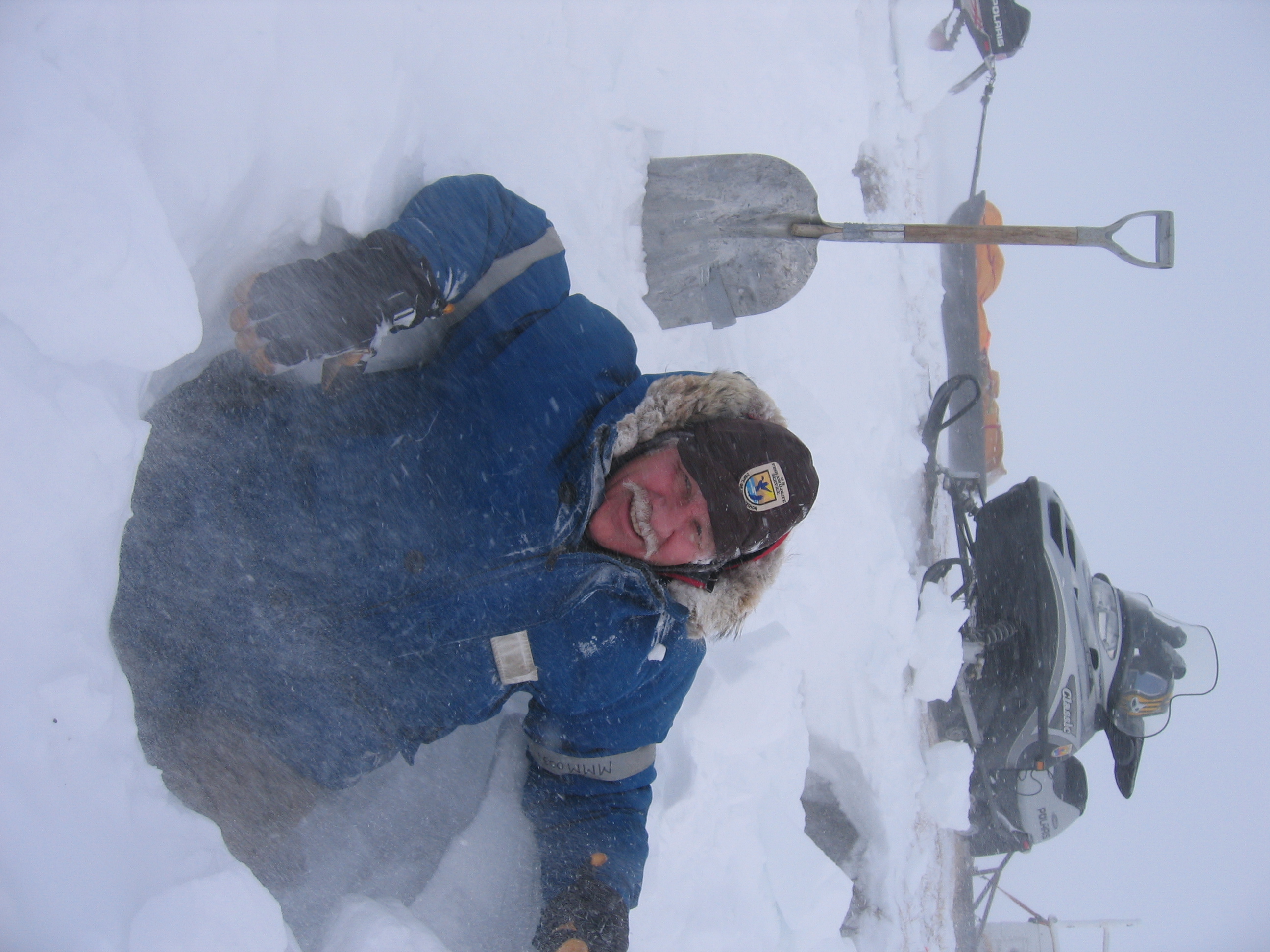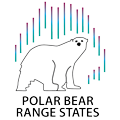Scott Schliebe led the U.S. Fish and Wildlife Service’s Polar Bear Program in Alaska for almost 30 years, from 1980-2008. During his tenure much changed for polar bears, and Scott, being a man of both vision and action, was able to adapt the program accordingly, never shying away from the increasingly complex and challenging issues that faced both polar bears and the Service’s team that was responsible for their conservation.
 Photo credit: The Chronicle/ Kat Wade Scott started as a polar bear program leader several years after the international Agreement on the Conservation of Polar Bears had been ratified in the U.S. (in 1976). An important component of Scott’s work was designing and implementing polar bear population status, assessment, and monitoring studies that were necessary for developing an effective conservation plan for the U.S.’s shared subpopulations of polar bears. Working in collaboration with local, national, and international partners, Scott ultimately delivered the first Conservation Plan for Polar Bears in Alaska (1994) as well as the first Habitat Conservation Strategy for Polar Bears in Alaska (1995). Scott also contributed numerous other scientific papers, agency reports and public interest publications that helped further the world’s understanding of polar bears.
Photo credit: The Chronicle/ Kat Wade Scott started as a polar bear program leader several years after the international Agreement on the Conservation of Polar Bears had been ratified in the U.S. (in 1976). An important component of Scott’s work was designing and implementing polar bear population status, assessment, and monitoring studies that were necessary for developing an effective conservation plan for the U.S.’s shared subpopulations of polar bears. Working in collaboration with local, national, and international partners, Scott ultimately delivered the first Conservation Plan for Polar Bears in Alaska (1994) as well as the first Habitat Conservation Strategy for Polar Bears in Alaska (1995). Scott also contributed numerous other scientific papers, agency reports and public interest publications that helped further the world’s understanding of polar bears.
During his early tenure, Scott was also responsible for building many of the first national and international bridges that were necessary to ensure that Alaska Native hunters had a meaningful role in polar bear conservation. Scott had a solid understanding of the principles of sustainable harvest management and as such, in his capacity as a technical advisor to the Inupiat of the North Slope, Alaska, and the Inuvialuit of the Northwest Territories, Canada, helped facilitate the development and implementation of the Inupiat-Inuvialuit Agreement on the Conservation of Polar Bears. This voluntary, Native-to-Native agreement, signed in 1988, still guides harvest management in the Beaufort Sea region of both the U.S. and Canada today. In the early 1990s, Scott also helped facilitate the establishment of a state-wide Alaska Native co-management organization that would continue to work side by side with the federal government on polar bear issues for many years to come. Scott’s respect for Native culture, and recognition of the important role that hunters and their Traditional Knowledge play in polar bear conservation, later also led to the development of a Native-to-Native, government-to-government polar bear conservation treaty with Russia, which was signed in 2000. From these various efforts, Scott became known as a pragmatic and trustworthy representative of the federal government among Native leaders, and across many rural communities in Alaska, Russia and Canada.
 Photo credit: U.S. Fish and Wildlife ServiceOne of Scott’s most notable accomplishments occurred later in his tenure, as climate change and its potential effects on polar bears were becoming more globally recognized. During 2006-2008, Scott led efforts to synthesize information on the current status of and threats to polar bears world-wide. This effort culminated in development of the Range-Wide Status Review of the Polar Bear (2006), and the eventual listing of polar bears as a “threatened” species under the (U.S.) Endangered Species Act in 2008.
Photo credit: U.S. Fish and Wildlife ServiceOne of Scott’s most notable accomplishments occurred later in his tenure, as climate change and its potential effects on polar bears were becoming more globally recognized. During 2006-2008, Scott led efforts to synthesize information on the current status of and threats to polar bears world-wide. This effort culminated in development of the Range-Wide Status Review of the Polar Bear (2006), and the eventual listing of polar bears as a “threatened” species under the (U.S.) Endangered Species Act in 2008.
Scott worked tirelessly throughout his career with a wide range of constituents to achieve significant conservation benefits for polar bears. Scott was well known and respected among many stakeholders, particularly within the international scientific community, having served as the U.S representative to the IUCN’s Polar Bear Specialist Group from 1982-2008, and chairing that group for two terms (1997-2005). He had a rare ability to build trust and effectively communicate about polar bear conservation issues with just about anyone, whether it be with a marine mammal hunter from Chukotka, a senator on Capitol Hill, an oil and gas operator on the North Slope of Alaska, or a gathering of his peers. Scott’s professional insight, dedication to his work, and integrity as a human being provided a significant foundation for polar bear conservation in the U.S. and internationally, and helped launch many of the collaborative activities that contribute to polar bear conservation today.
